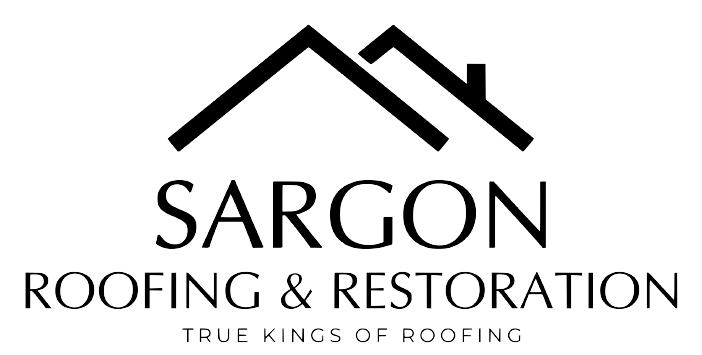When it comes to roofing materials, shingles are among the most popular choices for homeowners. They offer a blend of durability, aesthetics, and cost-effectiveness that makes them attractive for a wide range of housing styles. However, not all shingles are created equal. In this guide, we’ll explore the benefits and differences of three common types of shingles: architectural, performance, and synthetic.
Architectural Shingles
Architectural shingles, also known as dimensional or laminate shingles, are a popular choice for homeowners seeking a more upscale look for their roofs. These shingles are made of multiple layers of asphalt, which gives them a three-dimensional appearance that mimics the look of more expensive roofing materials like slate or wood.
One of the primary benefits of architectural shingles is their durability. They are thicker and heavier than standard asphalt shingles, which makes them more resistant to wind, rain, and impact damage. This can help extend the life of your roof and reduce the need for repairs.
Architectural shingles also offer a wide range of design options. They come in a variety of colors and styles, allowing you to choose a look that complements your home’s architecture and enhances its curb appeal.
Performance Shingles
Performance shingles are designed to provide enhanced protection against the elements. These shingles are typically made of a blend of asphalt and other materials, such as fiberglass, which gives them added strength and durability.
One of the key benefits of performance shingles is their ability to resist damage from hail, wind, and other extreme weather conditions. They are often rated to withstand winds of up to 130 mph or more, making them an excellent choice for homes in areas prone to high winds.
Performance shingles also offer improved energy efficiency. Some varieties are designed to reflect more sunlight, which can help reduce cooling costs in the summer months. Additionally, their durability means they are less likely to need to be replaced, reducing the environmental impact of your roof over time.
Synthetic Shingles
Synthetic shingles are a relatively new innovation in the roofing industry. These shingles are made of a combination of materials, such as rubber, plastic, or polymer, which gives them a high degree of durability and weather resistance.
One of the main benefits of synthetic shingles is their longevity. They are highly resistant to damage from UV rays, moisture, and temperature fluctuations, which can help them last longer than traditional shingles. Some manufacturers offer warranties of up to 50 years or more on synthetic shingles, making them a cost-effective long-term investment.
Synthetic shingles also offer a high degree of customization. They can be made to mimic the look of other roofing materials, such as slate or wood, while offering the durability and low maintenance of synthetic materials.
In conclusion, when choosing shingles for your roof, it’s important to consider the benefits and differences of architectural, performance, and synthetic options. Architectural shingles offer a stylish appearance and enhanced durability, while performance shingles provide superior protection against the elements. Synthetic shingles, on the other hand, offer longevity and customization options that can help enhance the overall value of your home. By weighing these factors carefully, you can select the right shingles to meet your needs and budget.
